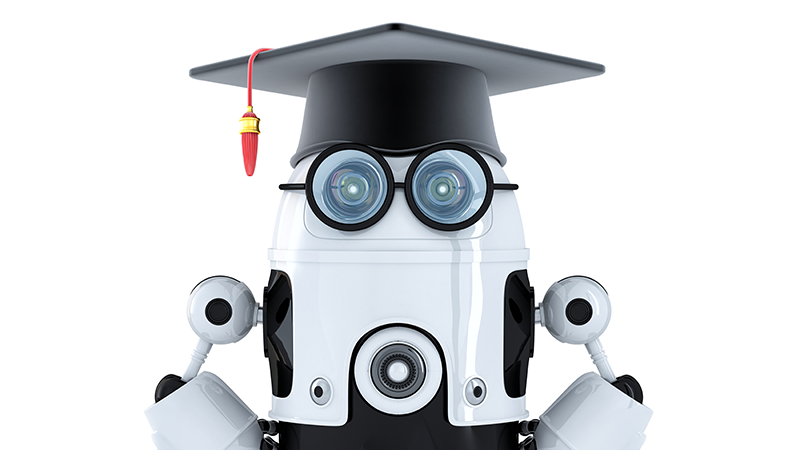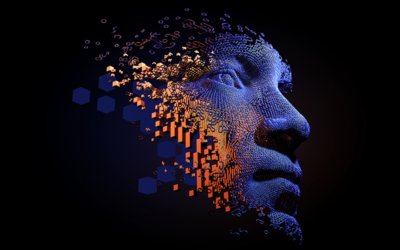How Intelligent Will Sapiens Become?
For the first time in the history of computing, the language comprehension of software technology can be measured with tools designed to assess human comprehension. We are already finding that such tools can be usefully applied to assess our technology’s increasingly sophisticated language comprehension. The performance level of a sapiens is determined solely by the scope and fidelity of its world model. There is no limit to how well the world can be modeled as the history of human knowledge attests. However, the computational bandwidth and memory capacity of an individual human brain are forever bounded in ways computer technology is not.
Bloom’s Taxonomy provides an important framework teachers use to focus on higher-order thinking. By providing a hierarchy of levels, this taxonomy assists teachers in designing performance tasks, crafting questions for conferring with students, and providing feedback on student work. It is considered a foundational and essential element within the education community.
There are six levels in the taxonomy, moving through the lowest order processes to the highest, as illustrated in the following table.

Blooms Taxonomy And Applied Epistemology
A criticism of the Bloom classification scheme has been that it is not a properly constructed taxonomy as it lacks a systematic rationale of construction.
This is apparent in the difficulty in finding names for the levels that are descriptive and of clear and concise defining language that describes exactly what is happening at each level.
Our applied epistemology methodology, which sees the end product of cognitive learning as a well-structured world model, can bring greater clarity and definition to the learning skills described by the taxonomy.
Level 1: Knowledge
Exhibit memory of previously learned material by recalling fundamental facts, terms, basic concepts, and answers about the selection.
From the world model standpoint, this is the basic creation of new classes or instances that are properly located in the model structure along with their distinguishing properties. Learning at this level is sometimes called “rote learning.”
Level 2: Comprehension
Demonstrate understanding of facts and ideas by organizing, comparing, translating, interpreting, giving descriptors, and stating main ideas.
Bloom is clearly talking about language comprehension here, not comprehension in the more general sense.
The information in the incoming assertions is integrated at a deeper level into the model allowing it to be expressed using different words or in a somewhat different context from the original input.
Level 3: Application
Using acquired knowledge. Solve problems in new situations by applying acquired knowledge, facts, techniques, and rules.
From the model standpoint, this consists of applying information that has been explicitly learned or is implicit in the local model structure.
Level 4: Analysis
Examine and break information into parts by identifying motives or causes. Make inferences and find evidence to support generalizations.
From the model standpoint, this consists of following property connections across branches of the epistemological structure to solve problems.
Level 5: Synthesis
Builds a structure or pattern from diverse elements; it also refers to the act of putting parts together to form a whole (Omari, 2006). Compile information together in a different way by combining elements in a new pattern or proposing alternative solutions.
From the model standpoint, this consists of searching for matches, patterns of properties, and property value pairs across the model structure and abstracting common characteristics to formulate new ideas.
Level 6: Evaluation
Present and defend opinions by making judgments about information, validity of ideas, or quality of work based on a set of criteria.
From the model standpoint, this level of capability emerges from having knowledge about models in general and the understanding that human models are not identical.
Evaluation criteria can be applied to assess different models of the same things.
Measuring Progress
We can utilize Bloom’s Taxonomy to reflect the demonstrable capability of our Machine Knowledge technology over time.





0 Comments